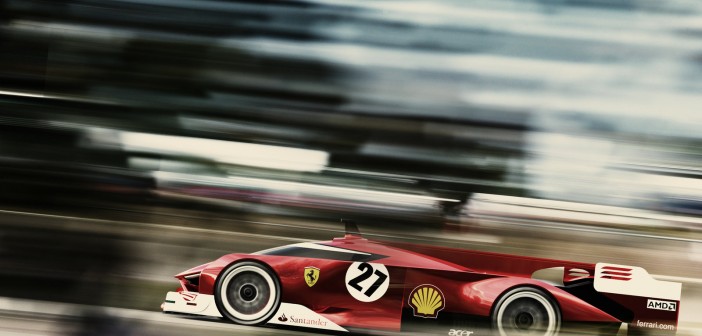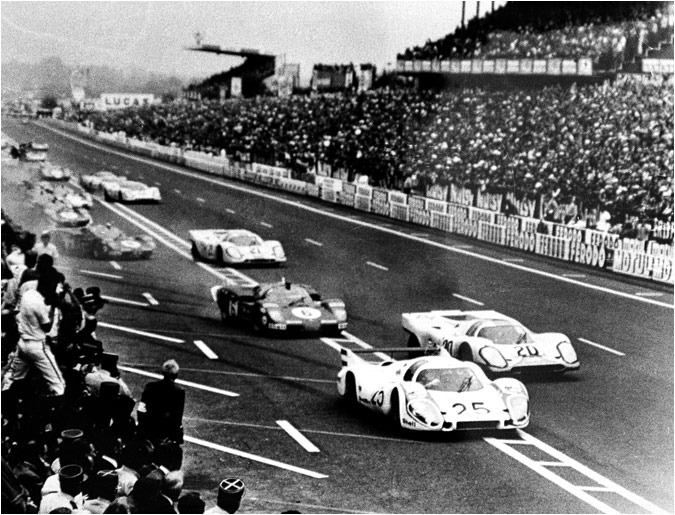‘Legendary Le Mans’
Successfully surpassing immense human challenges often acts as a springboard for further exploration into the abyss. Launching the first man into space inevitably lead to NASA’s successful attempts to place a man on the moon. In 700 BC, work began on the Great Wall of China; this year a Chinese firm built a 57 storey building in just 19 days. However, it is extremely rare to stumble across a challenge that consistently remains a formidable test of humans capabilities. Competitively racing, flat-out, on the edge of your seat for 24-hours remains a staggering assessment of endurance and determination. Welcome to Le Mans.
The race originated from the town Le Mans (North-West France) in 1923 and has remained a huge event on the racing calendar ever since. Despite a modern era of carbon-fibre brakes, grippy tyres and various driver-aids the race is still equally regarded as an endurance test for the vehicle. 18 of the 55 cars that started the 2015 event failed to finish. Unlike Formula One, Le Mans cars are remarkably similar to those used everyday on the road. Therefore, that connection between the spectator and the driver is considerably stronger than in other categories of racing.
‘The Le Mans Start’
Le Mans is also renowned for its standing start. Used up until 1970, competitors would see the flag drop signalling the start of the race but before hundreds of horsepower could be utilised racing drivers would have to run from the start-finish straight into their vehicles. Obviously, with safety concerns the famous ‘Le Mans’ start was eventually stopped.
The mixture of the grid is yet another unique feature of Le Mans. Where else in the world would you find a motor race containing huge manufacturers, professional racing teams and amateurs? In 2007, BBC presenters Jeremy Clarkson, Richard Hammond and James May took part in the 24-hour endurance race broadcasting that amateur element to millions of viewers across the globe. Their involvement resulted in shredded tyres, a high-speed accident and various mechanical disasters providing that humorous element that runs parallel with the competitiveness.
Le Mans: Over the Years
Similar to the immense challenges facing the drivers, the race has consistently prevailed in the face of adversity. Years before F1, Le Mans addressed the issue of safety. In the 1955 Le Mans race, 80 spectators were tragically killed when a vehicle crashed into the crowd. The introduction of safety measures failed to weaken the personal challenge as whilst the race became safer, the cars also became much faster.
The oil crisis in the early 1970’s, caused Le Mans’ organisers to emphasize fuel economy limiting the amount of fuel each car was allowed. The decision actually forced teams to spend less time in the garage and resulted in some important technological discoveries in fuel sources.
To curb the rise of huge manufacturers and prevent the event turning into a commercial show-piece, Le Mans introduced a cost-cap in 2011. Similarly, the future of Le Mans appears one of continued realism. Organisers claim their main objective for 2017 is the ability for teams to acquire a better car for a lower budget.
Le Mans’ regulations may have changed but despite nearly a century of technological development, the iconic race remains a stubborn test of both a human’s and vehicle’s resolve.







